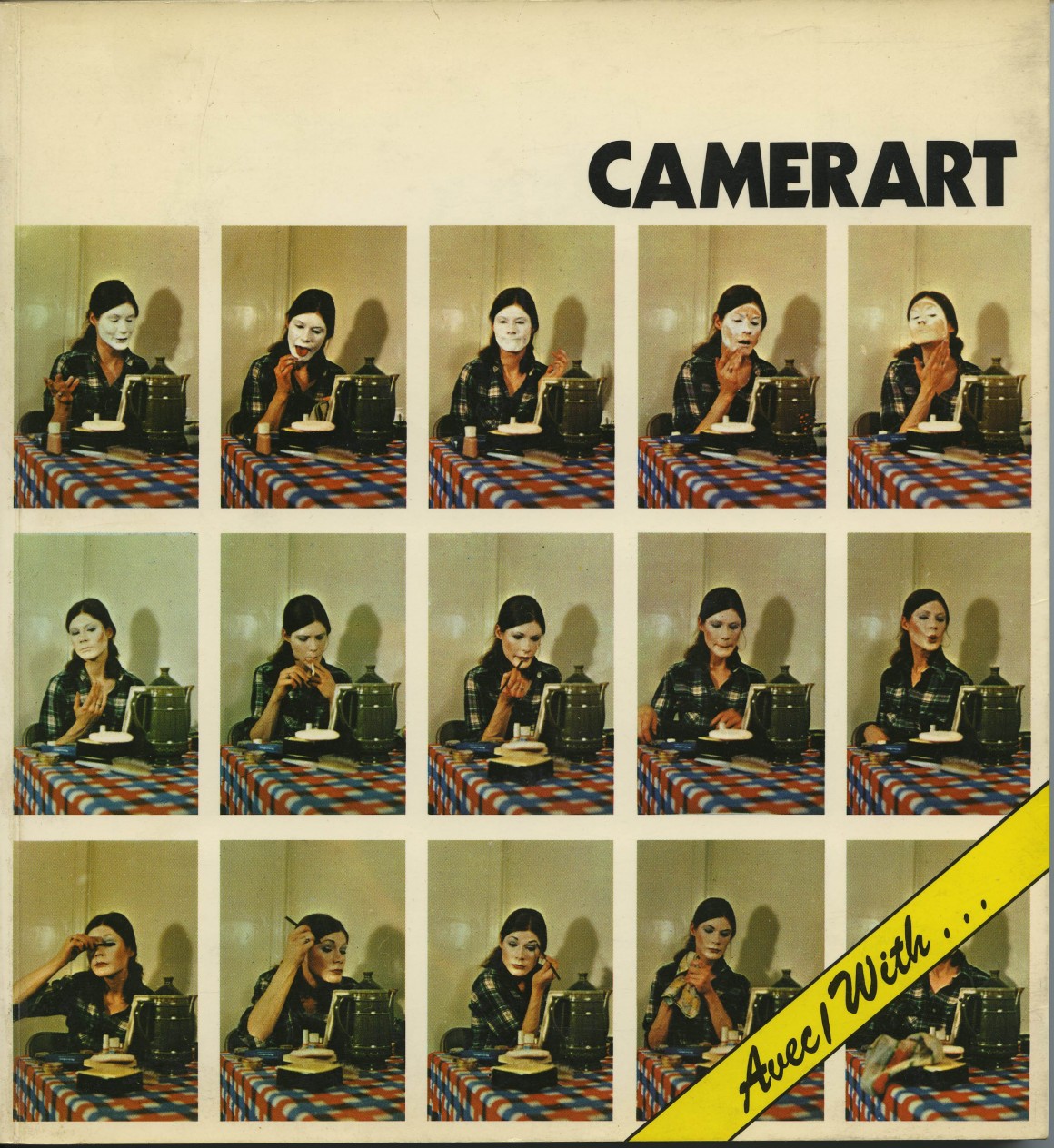January 14 – February 25, 2012
Curators: Michèle Thériault and Vincent Bonin (Montreal), Barbara Fischer (Toronto, London, Guelph)
Organized and circulated by the Art Gallery of Alberta, the Justina M. Barnicke Gallery (University of Toronto), and the Vancouver Art Gallery in partnership with the Leonard & Bina Ellen Art Gallery (Concordia University) and Halifax, INK.
Part 1
Montreal + Toronto + Guelph + London
Exhibition Opening
Friday January 13, 5:30 – 7:30
In the past decade, the global impact of conceptual art has been the subject of numerous historical studies and exhibitions. Its various manifestations in Canada, however, have remained a limited concern. Traffic: Conceptual Art in Canada 1965-1980 is the first major exhibition to track the influence and diversity of conceptual art across Canada, bringing together works by over 70 artists who participated locally in this international phenomenon.
Featuring hundreds of artworks and archival documents, the travelling exhibition Traffic: Conceptual Art in Canada 1965-1980 arrives in Montreal after being previously shown in Toronto, Halifax, and Edmonton. Presented in two parts at the Leonard & Bina Ellen Art Gallery in 2012, the first section focuses on conceptual art in Montreal, Toronto, London, and Guelph from January 13 to February 25, while the second section is devoted to Halifax, Vancouver, the Prairies, and the Arctic, opens on March 16th.
Conceptual art practices in Montréal cannot be dissociated from the political, social, and cultural turmoil of the time, marked by the modernization of state institutions, the democratization of culture, and francophone Québec’s project of national sovereignty. Many of the most prominent practitioners of conceptual art were anglophone (Tom Dean, Suzy Lake, Bill Vazan), however francophone artists (Rober Racine, Françoise Sullivan, Serge Tousignant) were equally drawn to dematerialized, interdisciplinary, and experimental approach to art-making, as an alternate way to inscribe themselves in Québec’s program of cultural modernization.
Throughout the 60s and 70s, Toronto’s arts scene witnessed the emergence of such vibrant countercultural institutions and collectives as the University of Toronto’s Rochdale College, Art Metropole, and General Idea. Artistic initiatives of this period embodied a pervasive desire to link geographically distant places, establish social networks, and develop artistic communities, while commenting on the complexities of technological optimism and the conundrums of administrative realities. With works by artists Ian Carr-Harris, Condé/Beveridge, Vera Frenkel, Michael Snow, Joyce Wieland.
Produced with the assistance of the Museums Assistance Program of the Department of Canadian Heritage and the Canada Council for the Arts.








